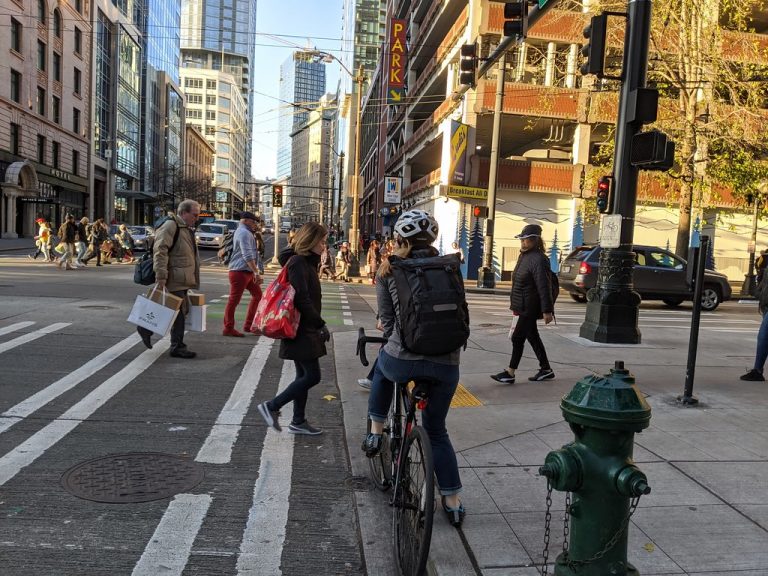Published on February 23, 2023

Office-to-residential conversion has its share of skeptics in the real estate world. It is expensive, in part because office interiors are so much deeper than apartment interiors, meaning it’s hard to get natural light. It’s also expensive to retrofit HVAC systems and other residential necessities that offices don’t need.
Not all office buildings are created equal; Seattle’s biggest and best-located towers are never going to become apartments. Class A buildings are the largest, most centrally located buildings with the most amenities (there’s also a higher class of the most desirable properties, called Trophy Class A). Class B buildings are older, smaller, have fewer amenities and may be located on a side street. Class C buildings are the smallest, often just a few stories high, and scant on amenities.
It is that latter class that planning and real estate professor Sofia Dermisi thinks will struggle the most in the coming years.
“I expect some buildings will be transitioning to new ownership,” she said, referring to the consequences of growing vacancies. “Owners will not be able to service existing loans. If they have a Class B or C building with a lot of issues, they’ll be forced to sell them.”
Continue reading at Crosscut.
Originally written by Josh Cohen for Crosscut.